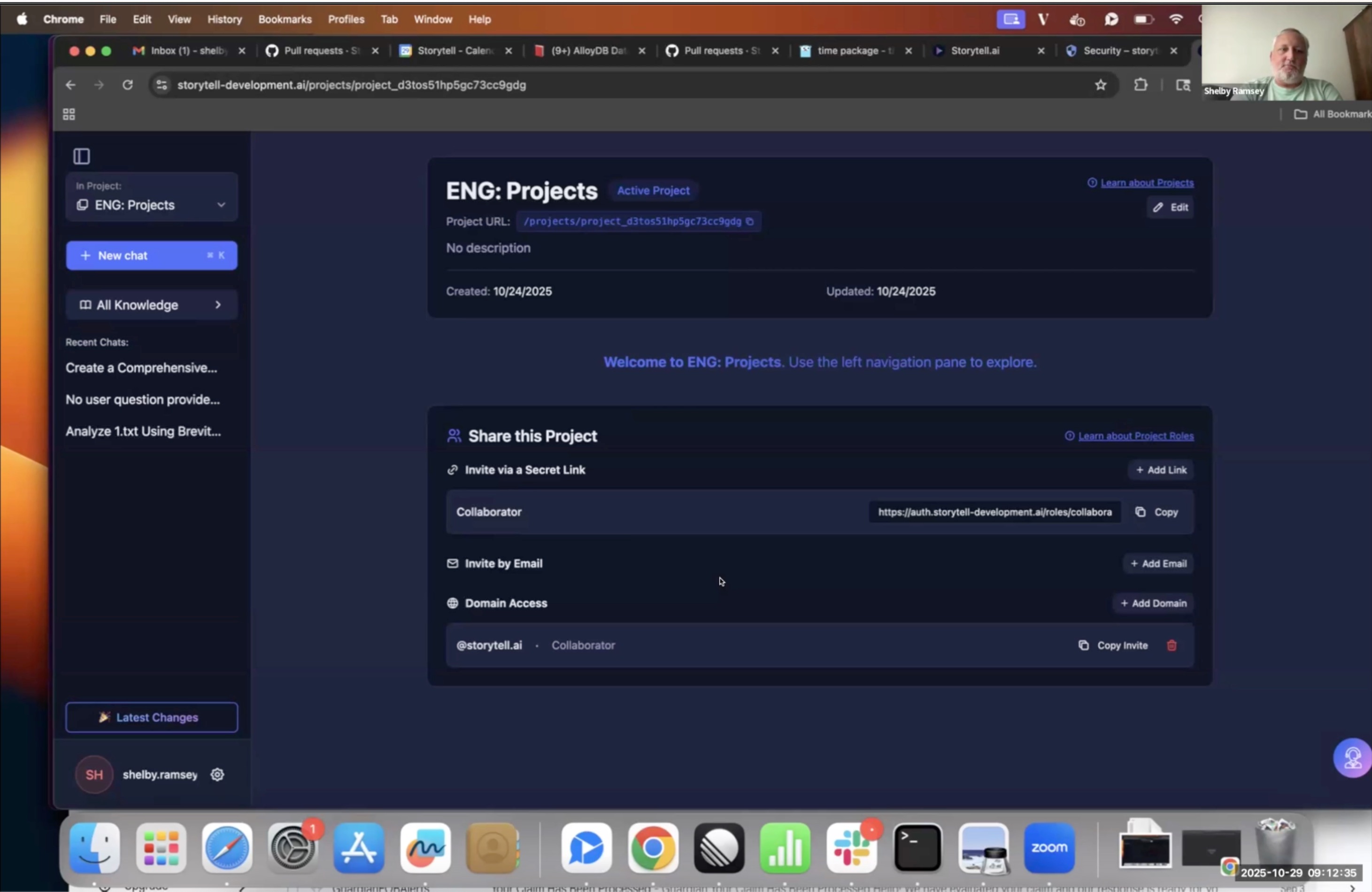Share this post
Making sense of sustainability assessments with Storytell as a study partner
October 23, 2025

For students in vocational programs, sustainability assessments can be intimidating. You’re handed multiple case study documents, industry templates, and audit examples, then asked to turn them into a professional report outlining energy use, improvement strategies, and monitoring plans.
That was the situation one learner faced in a certification course on energy efficiency for small businesses. The assessment required them to review several sample files about a fictional accounting firm’s energy consumption, identify improvement opportunities, and create a practical plan.
It wasn’t about passing a quiz. It was about demonstrating how to think like a consultant, with real data, real structure, and clear reasoning.
Turning confusion into clarity
The student started by uploading the assessment documents including the background file, sample audits, and reference materials into Storytell.
They prompted:
“Summarize the case study. Identify the key energy problems and possible efficiency improvements.”
Storytell produced a concise outline that highlighted the firm’s main issues: overuse of air conditioning, inefficient lighting, and lack of staff awareness about power management.
That summary became the starting point for the student’s written response.
Building the plan step by step
Next, the learner needed to describe how the business would implement improvements and monitor progress. They asked:
“Suggest how this small business can implement changes, including roles, timelines, and responsibilities.”
Storytell generated a structured plan:
- Operations leader: Approves upgrades and reviews monthly energy data
- Administrative staff: Track power use and promote awareness programs
- All employees: Practice shutdown procedures and reduce paper waste
- Monitoring method: Compare monthly energy bills and review results quarterly
Using this framework, the student rewrote the content in their own words, aligning it with the course requirements.
Making numbers make sense
When it came to estimating energy savings, the student only had partial figures from the provided examples. To clarify, they asked:
“How can I estimate approximate cost savings based on small business electricity rates?”
Storytell explained the method step by step, how to convert kWh values into dollars, include assumptions, and communicate uncertainty transparently. The learner used that reasoning in their response, demonstrating understanding rather than guesswork.
Bringing it all together
In the final stage, the student asked Storytell to help structure their answers into a clear report format with sections for findings, actions, and recommendations. The result was a coherent, well-formatted document ready for submission, one that met every criterion for the unit.
Why it worked
This approach worked because Storytell acted as a learning assistant, not an answer generator. It helped the student:
- Organize complex, multi-file information
- Apply sustainability principles in practical terms
- Understand how to describe monitoring and improvement processes
- Develop confidence in professional writing and reasoning
AI made the process less about guessing and more about thinking.
For learners and trainers alike
If you’re completing a vocational or technical qualification and drowning in case study documents, try this method:
- Upload your materials to Storytell.
- Ask simple, outcome-based questions (“Summarize,” “Suggest roles,” “Format as report”).
- Refine each section until it feels coherent and clear.
You’ll gain structure, understanding, and a finished report you can genuinely be proud of, all while deepening your learning, not bypassing it.
Gallery
No items found.
Changelogs
Here's what we rolled out this week
No items found.


.jpg)